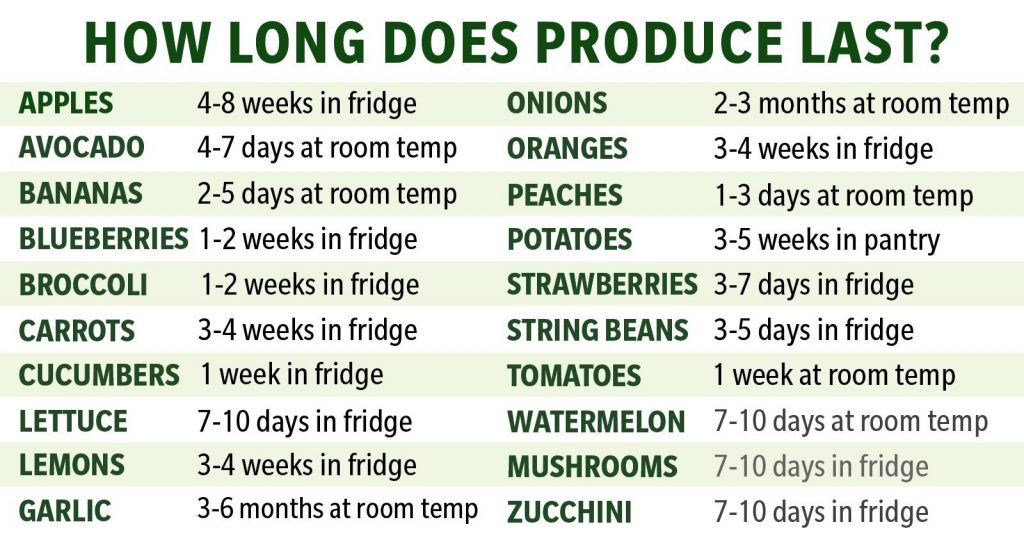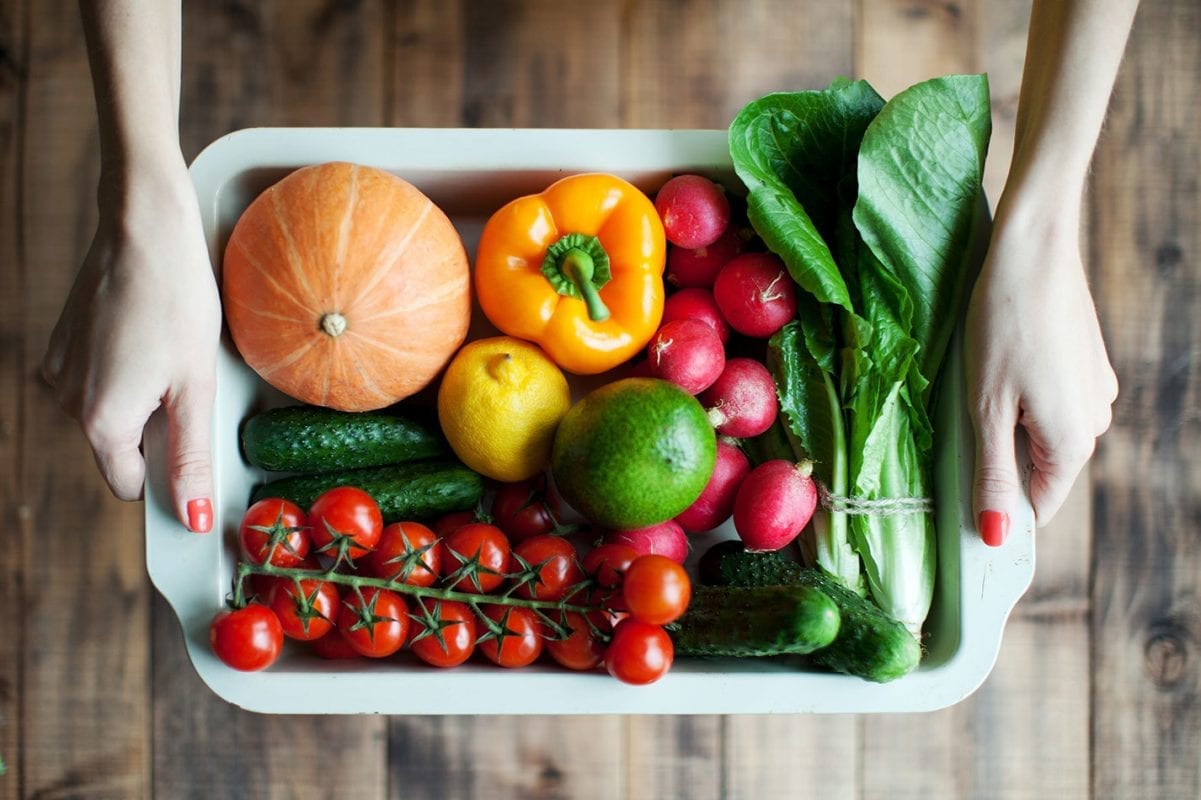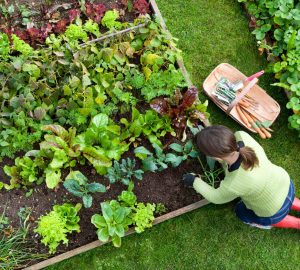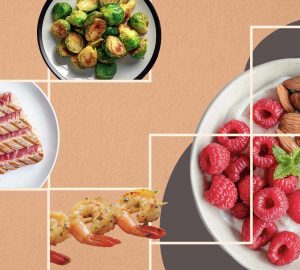Welcome to the ultimate guide on preserving the crispness and flavor of your favorite fruits and vegetables. In a world where freshness is key, learning how to keep fruit and vegetables fresh is a game-changer for every kitchen enthusiast. Whether you’re a seasoned chef or a home cook, unlocking the secrets to prolonging the life of your produce not only reduces waste but ensures that every bite is bursting with nutrients and natural goodness. Join us on a journey to discover practical tips and tricks that will revolutionize the way you store and savor nature’s bounty. Say goodbye to premature spoilage and hello to a kitchen filled with vibrant, delicious produce. Let’s dive into the art of keeping fruit and vegetables fresh for longer!
Think fruit and vegetables are dead once they’ve been plucked from the tree or out of the ground? Think again. Even after being harvested, fruit and vegetables are still living. They metabolize and receive benefits from external stimuli like air and sunlight. Fruit and vegetables have a circadian clock that keeps on ticking. Their cellular functions continue as they would have still on the vine or in the ground. Not only do they ripen and change, but they also respond to light-dark cycles as they would under the open sky.
One recent study found that when produce is going to be frozen (or put in the refrigerator), there may be health and nutritional benefits to freezing it at certain times of day, when nutrients peak according to the circadian clock of the produce.

Now, you live a busy lifestyle and it’s hard enough balancing your own circadian rhythms. Why should you worry about what time of day you refrigerate fruit and vegetables? There are other ways to keep fresh food alive.
Keep Food Alive is the motto of Abeego, an innovative company that sells beeswax food wraps. There’s nothing plastic about them: they’re an excellent alternative wrap. Beeswax food wraps are cloth wraps that have been coated in beeswax, as well as natural ingredients like tree resin and jojoba oil. The resin gives the cloths a natural stickiness that lets you comfortably fold it around food or even over bowls and containers. There are many benefits to using Abeego beeswax food wrap including reusability, portability, and how they keep food alive.
These beeswax wraps were designed to let food keep breathing after you’ve cut, peeled, or unwrapped them. They work for everything from avocados to cheese as they replicate the peel or rind that naturally encases them. When it comes to portability, they make a great alternative for packing sandwiches. Fresh bread likes to breathe rather than being wrapped up in an airtight container, as will your sandwich ingredients.
How do you know what you’re pulling out of the refrigerator if you’ve covered it in beeswax cloth? While these cloths are not transparent, it’s easy to pull up a corner and check, and the wrap can easily re-cover the container without losing its hold. You may want to consider reorganizing the fridge for freshness, too. The more that cool air can circulate, the fresher your food will be when you pull it out. You may also want to avoid stowing vegetables in the crisper or drawer. While it may help preserve the food, putting them away also makes it less likely they’ll get used up.
When it comes to keeping food fresh, it also helps to know the conditions that help different types of food. Fruit like oranges, plums, avocados, tomatoes, and bananas don’t need to be refrigerated. Roots like onions, potatoes, and garlic like to be kept out of the fridge but in a cool, dark place for longer-lasting freshness.
Your food is alive long after you bring it home from the grocery store. Help keep it that way for tastier, nutrient-rich meals.








